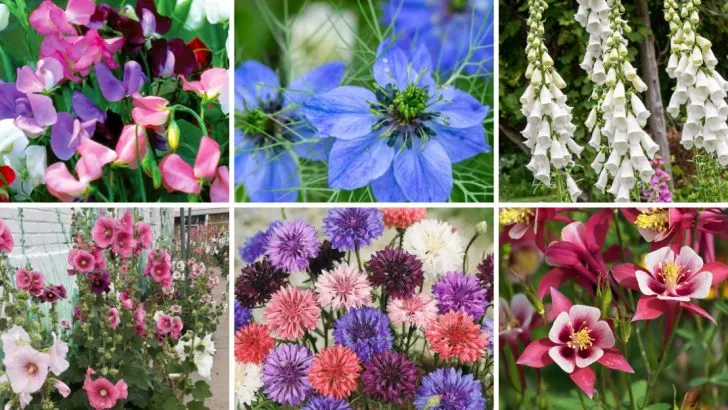There was something special about Grandma’s garden—the kind of place where things seemed to grow a little wilder, a little freer, and with a lot less fuss. It wasn’t curated or trendy, but somehow it always felt full of life. Many of those plants thrived without much attention, popping up year after year like old friends. You’d see them winding around fences, tucked between vegetables, or spilling out of forgotten pots.
Now, a lot of those same plants are surprisingly hard to find. Some fell out of favor, others got labeled as “weeds,” and a few just got lost in the shuffle as newer hybrids took over. But they’re still out there if you know what to look for—and bringing them back feels a bit like reconnecting with a piece of family history. Here are 21 plants that used to be staples in gardens like Grandma’s but have become rare sights today.
Lamb’s Ear
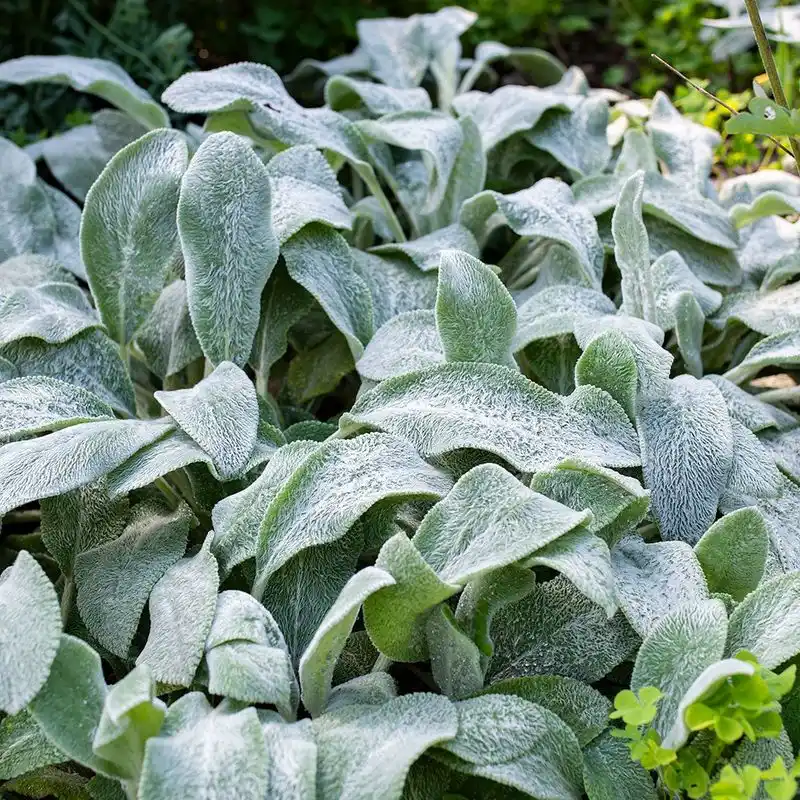
With its soft, velvety leaves, Lamb’s Ear was a favorite in Grandma’s garden. Children loved to stroke its fuzzy foliage, reminiscent of a gentle lamb’s ear. This delightful perennial thrives in sunny spots and well-drained soil, offering a silvery hue to the garden landscape. In late spring, it produces tall spikes of purple flowers, attracting bees and butterflies. Though it’s drought-tolerant, Lamb’s Ear struggles in overly humid conditions.
Love-in-a-Mist
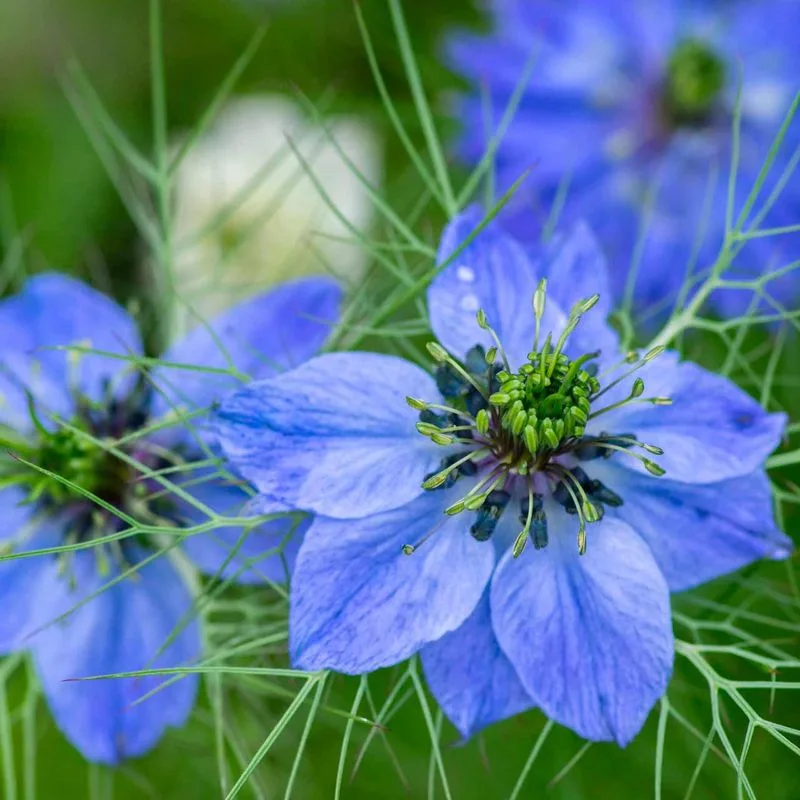
Love-in-a-Mist is an enchanting annual that graced many old gardens with its delicate blue flowers and feathery foliage. The blooms, resembling a misty veil, appear in early summer and bring a touch of mystery to any garden. This plant is easy to grow from seed, preferring sunny locations and well-drained soil. Once established, it requires minimal care, making it a gardener’s delight. Despite its beauty, Love-in-a-Mist has become less common, overshadowed by more modern hybrids.
Foxglove
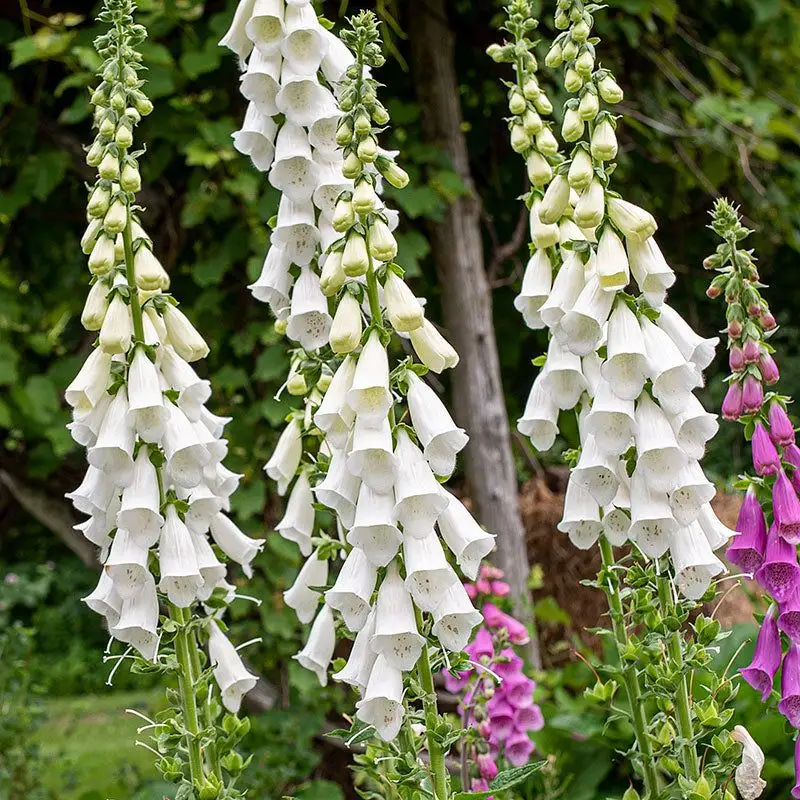
Tall and stately, Foxgloves were once a staple in Grandma’s garden, known for their towering spikes covered in bell-shaped flowers. These biennials thrive in partial shade and moist, well-drained soil, adding a vertical accent to garden designs. Foxglove flowers, though beautiful, are toxic if ingested, a fact Grandma always warned about. Despite their allure, Foxgloves have fallen out of favor, often replaced by low-maintenance perennials.
Hollyhock
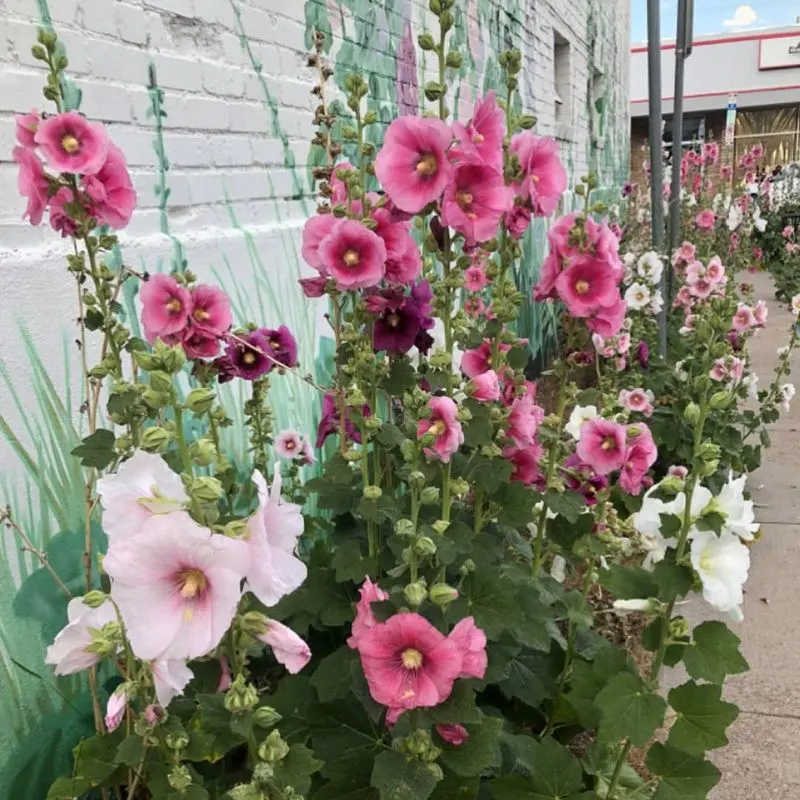
Hollyhocks, with their towering presence, added a touch of elegance to Grandma’s garden borders. These biennials produce an array of colorful blooms that open sequentially along their tall stems. Growing best in sunny spots with rich soil, Hollyhocks attract pollinators like bees and butterflies. Though stunning, they are susceptible to rust, a fungal disease that has contributed to their decline in popularity. Still, their old-world charm is unparalleled.
Bachelor’s Button

Bachelor’s Buttons, also known as Cornflowers, were once a common sight in Grandma’s garden, cherished for their bright blue petals. These hardy annuals are easy to grow, preferring sunny locations and well-drained soil. They bloom throughout the summer, providing a splash of color and attracting beneficial insects. Historically, Bachelor’s Buttons were used in herbal remedies, adding to their appeal. However, their simplicity is often overlooked in favor of more elaborate flowers today.
Columbine
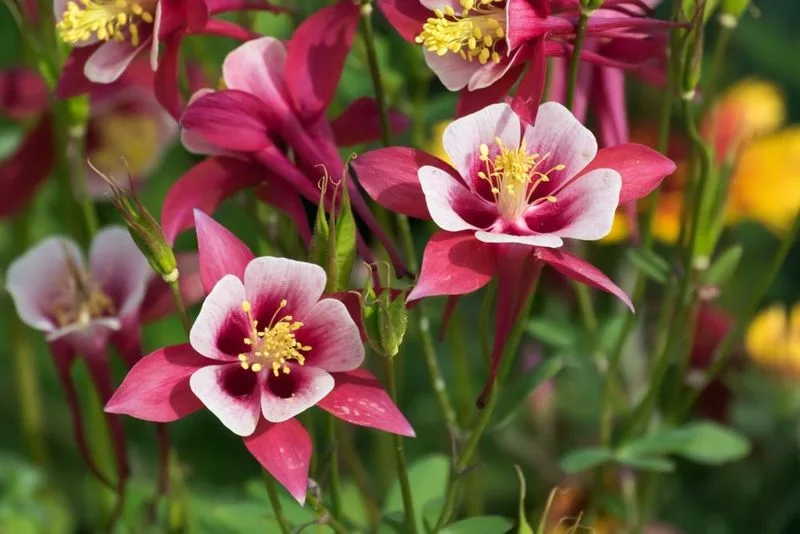
Columbines added a touch of whimsy to Grandma’s garden with their distinctive, spurred flowers. These perennials thrive in partial shade and well-drained soil, displaying a range of colors from soft pastels to vibrant hues. Columbines are a favorite among hummingbirds and bees, making them an essential part of a wildlife-friendly garden. Despite their charm, Columbines have become less popular, as gardeners seek plants with more extended blooming periods.
Bleeding Heart
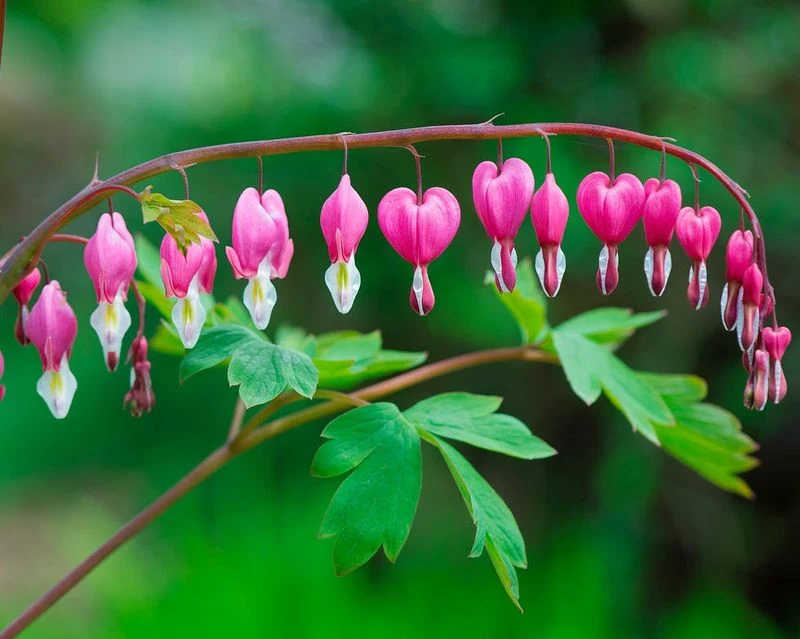
Bleeding Heart, with its charming heart-shaped blooms, was a romantic addition to Grandma’s spring garden. These perennials prefer cool, shady spots and moist, well-drained soil. The flowers hang delicately from arching stems, creating a stunning display of pink and white. While their beauty is undeniable, Bleeding Hearts fade as summer heat intensifies, leading to their decline in modern gardens. Their delicate nature and ephemeral blooms require a gardener’s patience and appreciation.
Sweet Pea
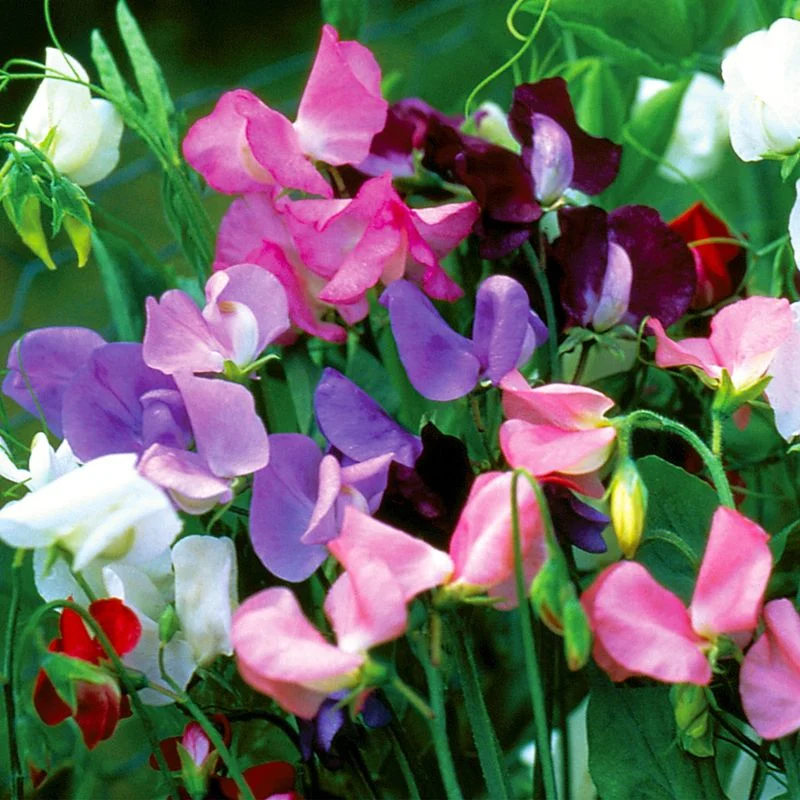
Sweet Peas, with their intoxicating fragrance and pastel blooms, were a staple in Grandma’s garden. These annual climbers thrive in sunny areas with fertile, well-drained soil, adding vertical interest to fences and trellises. Sweet Peas require regular watering and deadheading to prolong their blooming season. Despite their captivating scent, they have become less common in today’s gardens, as many gardeners opt for low-maintenance alternatives. The effort put into growing Sweet Peas is always rewarded with their delightful aroma.
Snapdragon
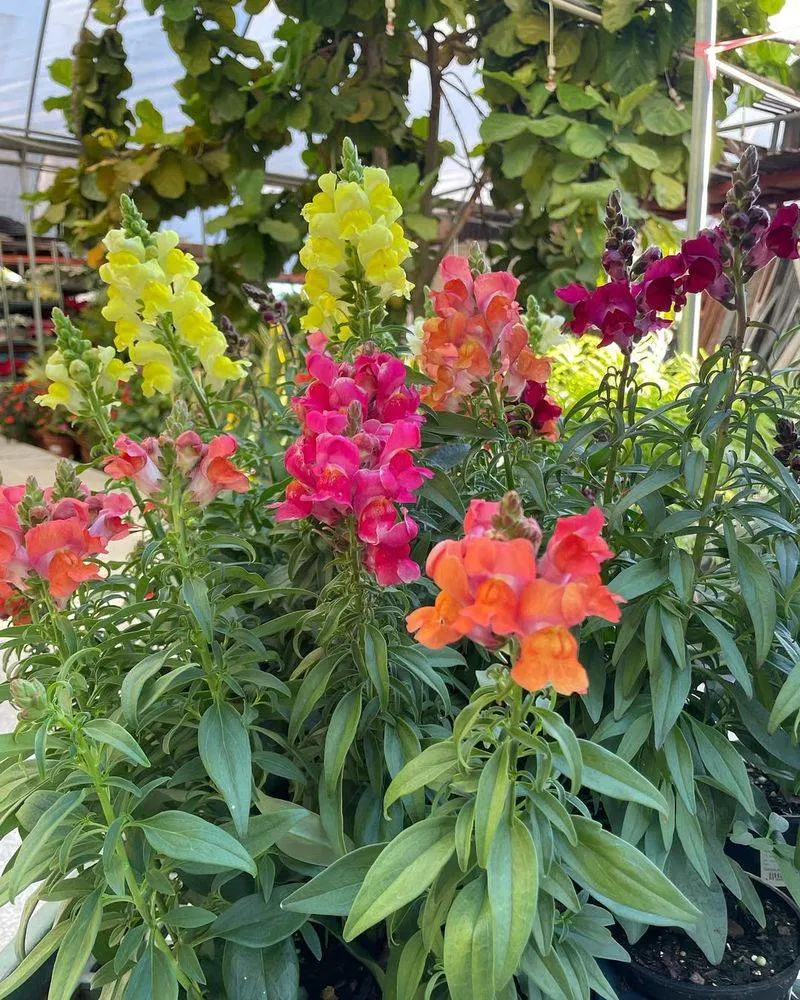
Snapdragons, with their dragon-like blooms, brought a playful touch to Grandma’s garden. These annuals thrive in sunny locations, producing spikes of flowers in various colors. Snapdragons are a favorite among children for their interactive blossoms that can “snap” open and closed. They require regular deadheading to encourage continuous blooming. Despite their charm and vibrant colors, Snapdragons have become less prevalent, as gardeners prefer perennials that require less maintenance.
Four O’Clocks
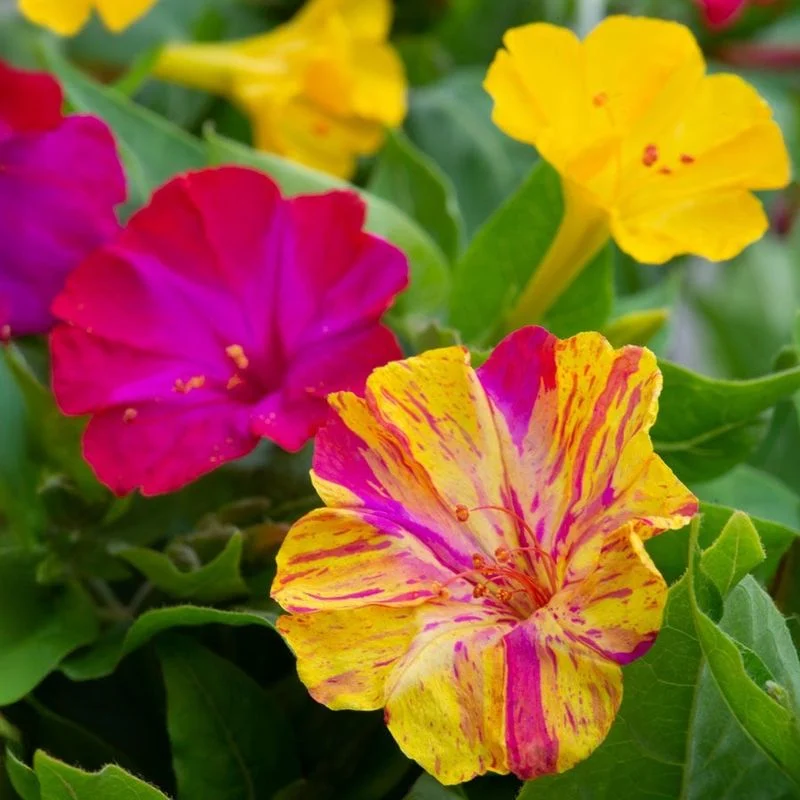
Four O’Clocks, named for their late-afternoon blooming, added an element of surprise to Grandma’s garden. These perennials thrive in sunny spots with well-drained soil, producing trumpet-shaped flowers in various colors. As the day cools, their blooms open, releasing a sweet fragrance that attracts evening pollinators. Four O’Clocks are easy to grow and can self-seed, ensuring a vibrant display year after year. However, they have become less common, often overshadowed by more structured garden designs.
Morning Glory
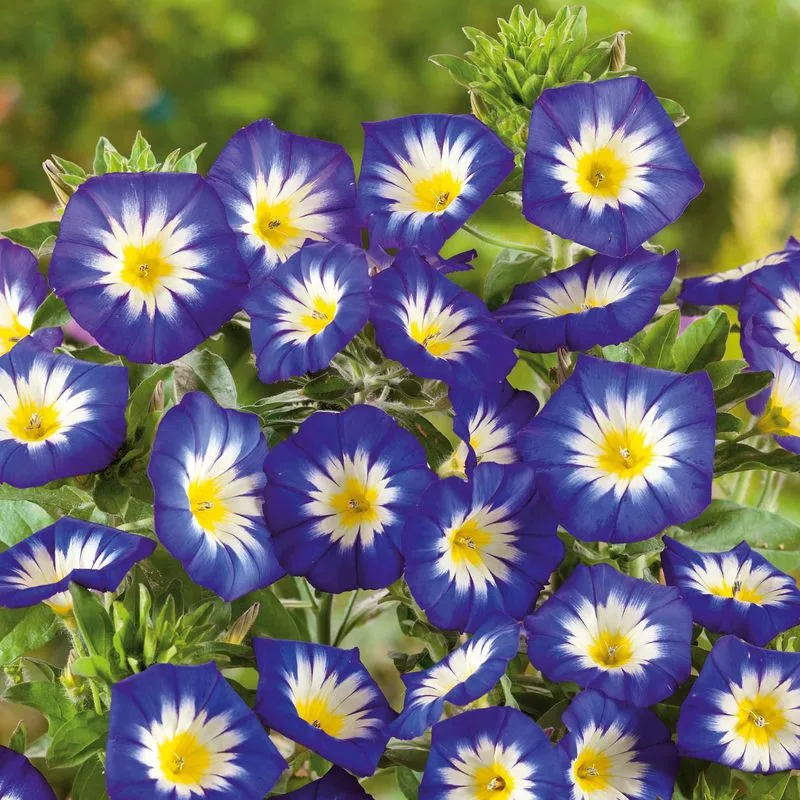
Morning Glories, with their vibrant trumpet-shaped blooms, were a cheerful addition to Grandma’s garden. These annual climbers prefer sunny locations and well-drained soil, ideal for covering fences and trellises. Morning Glories bloom profusely in the early morning, their flowers unfurling to greet the sun. Though easy to grow, they can become invasive if not managed. Despite their beauty, Morning Glories have fallen out of favor, often replaced by more controlled flowering vines.
Sweet William
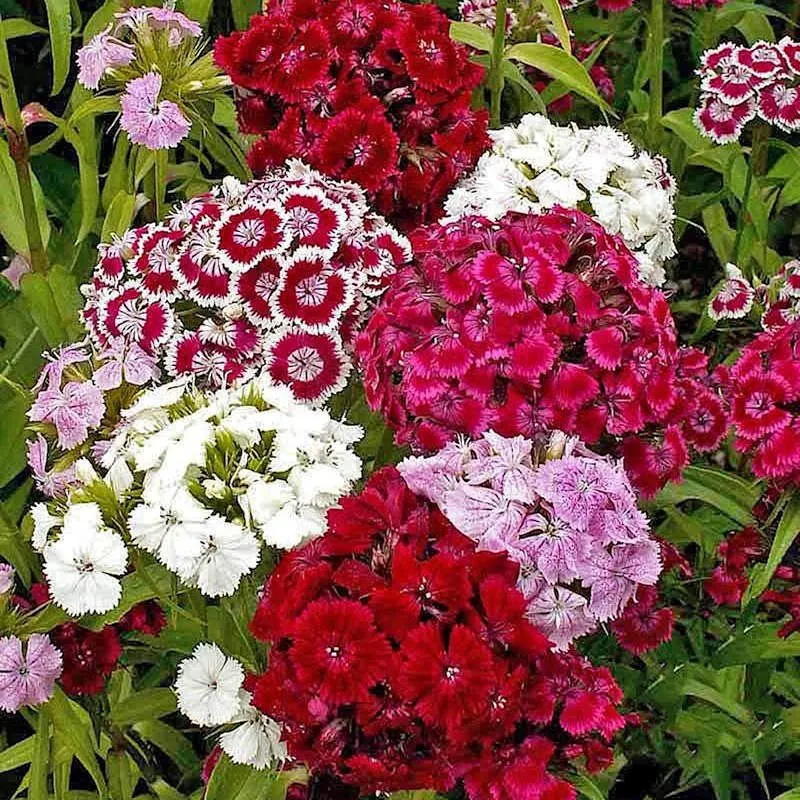
Sweet William, with its fragrant clusters of flowers, brought color and scent to Grandma’s garden. These biennials thrive in sunny spots with well-drained soil, displaying a variety of hues from white to deep red. Sweet William’s clove-like scent attracts pollinators, enhancing the garden’s biodiversity. Though charming, they have become less common as gardeners turn to longer-blooming perennials. Despite this, Sweet William’s nostalgic appeal and delightful aroma make it a worthy garden addition.
Dame’s Rocket

Dame’s Rocket, with its clusters of purple and white flowers, added wild beauty to Grandma’s garden. This biennial thrives in sunny spots and can adapt to various soil types. Its sweet fragrance intensifies in the evening, attracting night-flying pollinators. Though beautiful, Dame’s Rocket is considered invasive in some regions, leading to its decline in popularity. Despite this, its old-fashioned charm remains appealing to those who appreciate naturalistic garden designs.
Lunaria (Honesty)

Lunaria, commonly known as Honesty, brought a touch of magic to Grandma’s garden with its shimmering seed pods. This biennial produces clusters of purple flowers in spring, followed by translucent seed pods resembling coins. Lunaria thrives in partial shade and rich, well-drained soil. Its unique seed pods are often used in dried flower arrangements. Despite its beauty, Lunaria has become less common, overshadowed by plants with more extended flowering periods. However, its decorative seed pods continue to captivate gardeners.
Spiderwort
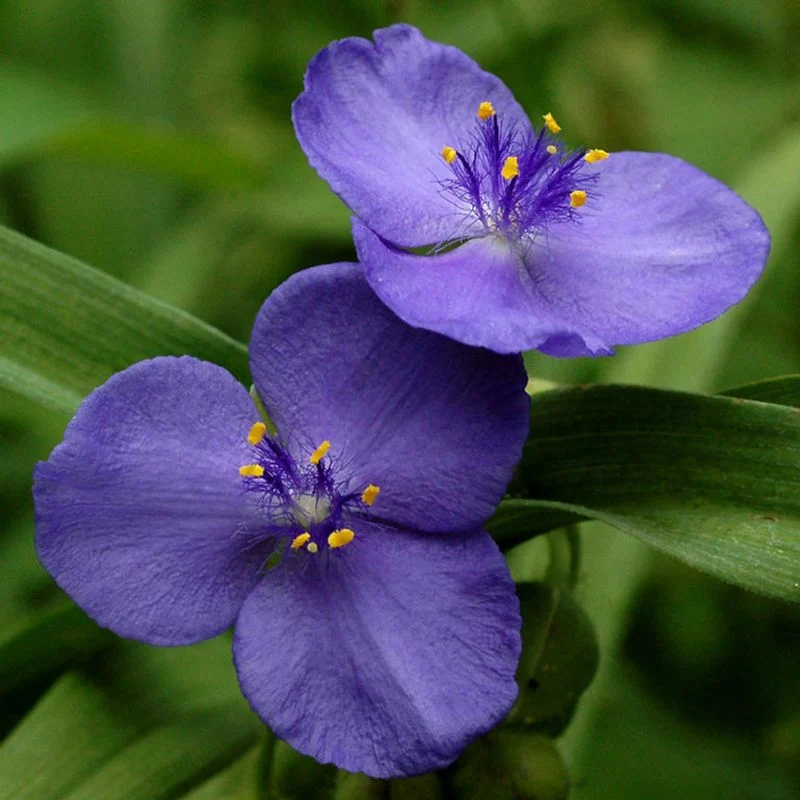
Spiderwort was a whimsical addition to Grandma’s garden, with its bright blue flowers and grass-like leaves. This perennial thrives in partial shade and moist soil, lending a natural, woodland feel to the garden. Spiderwort’s flowers open in the morning and close by afternoon, a charming daily cycle. Despite its beauty, Spiderwort can spread aggressively if not managed, which has led to its decline in modern gardens. Still, its unique charm remains a favorite among gardeners who adore wildflower aesthetics.
Lady’s Mantle
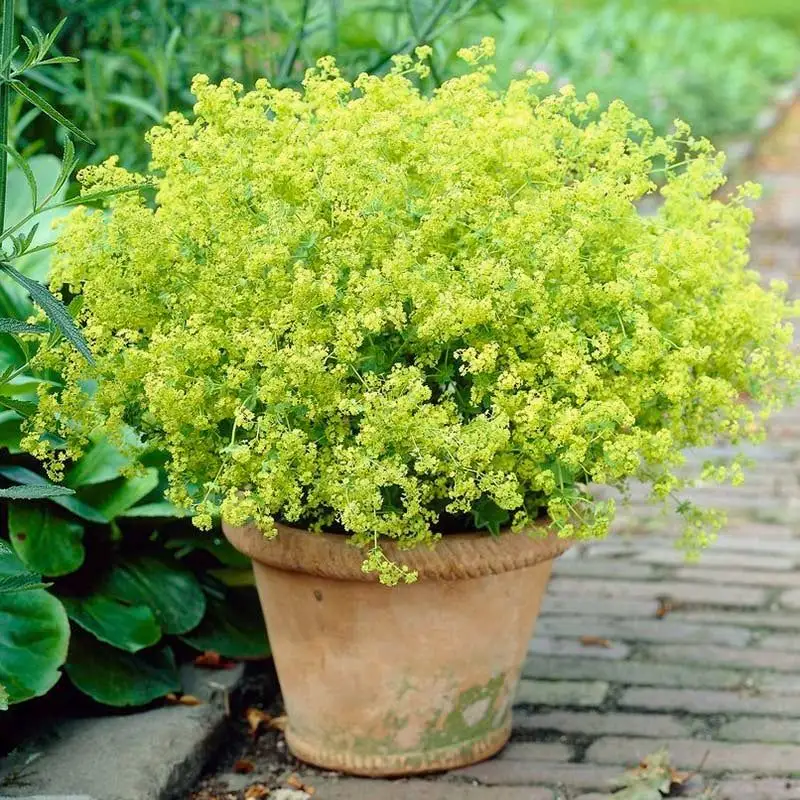
Lady’s Mantle, with its scalloped leaves and yellow-green flowers, added a touch of elegance to Grandma’s garden borders. This perennial thrives in partial shade and moist, well-drained soil. Lady’s Mantle leaves catch morning dew, creating a sparkling effect that enhances its appeal. Despite its charm, the plant is often overlooked in favor of more vibrant blooms. Its subtle beauty and ability to thrive in less-than-ideal conditions make it a valuable garden addition.
Wild Geranium
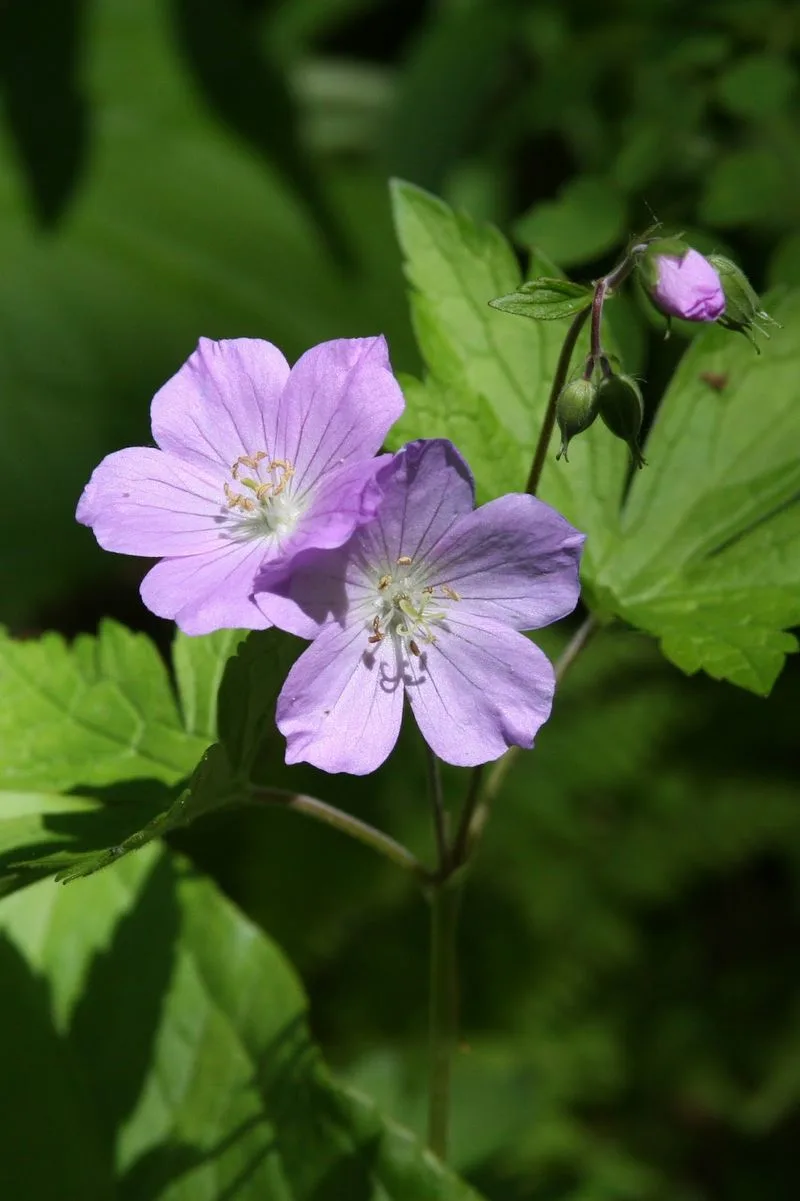
Wild Geraniums, with their delicate pink blooms, were a familiar sight in Grandma’s garden. These perennials thrive in partial shade and woodland settings, forming lush carpets of foliage and color. Wild Geraniums are low-maintenance, requiring little more than occasional watering and pruning. Though beautiful, they have become less common in cultivated gardens, often replaced by more structured plants. Their naturalistic appeal and ease of care make them a delightful choice for gardeners seeking a touch of wilderness.
Joe-Pye Weed
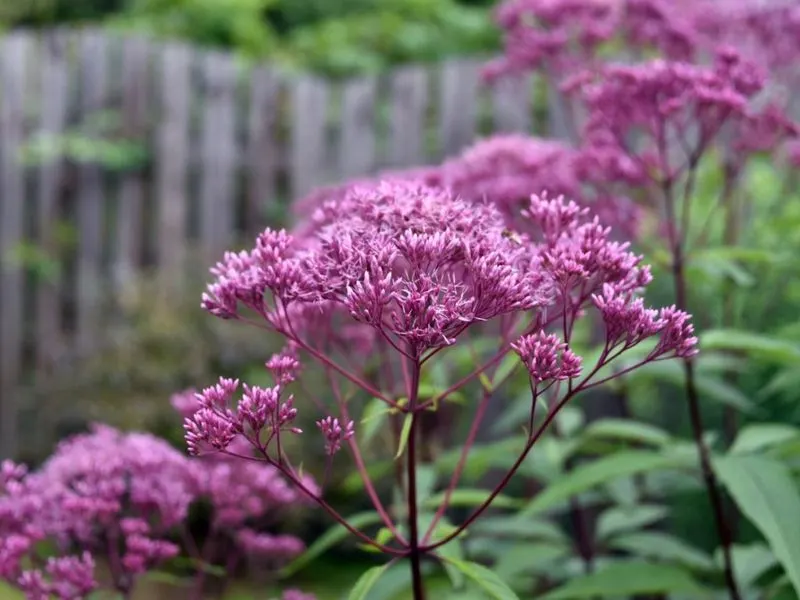
Joe-Pye Weed, with its towering presence and mauve flower clusters, was a striking addition to Grandma’s garden. This native perennial thrives in sunny spots with moist soil, attracting butterflies and bees with its nectar-rich blooms. Joe-Pye Weed’s height adds a dramatic element to garden borders. Despite its appeal, it is less commonly grown today, overshadowed by more compact, modern hybrids. However, its ecological value and beauty make it a worthy choice for gardeners who appreciate native plants.
Black-Eyed Susan
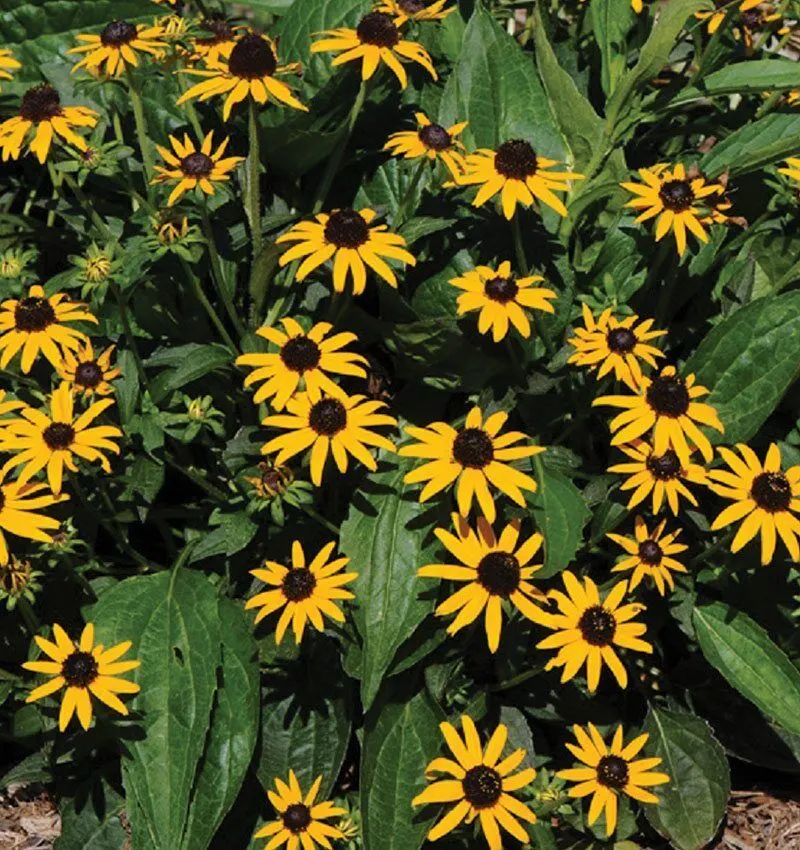
Black-Eyed Susans, with their golden petals and dark centers, brought cheerfulness to Grandma’s garden. These hardy perennials thrive in sunny locations and well-drained soil, blooming from summer to fall. Black-Eyed Susans attract pollinators and add a vibrant splash of color to the garden. Despite their resilience and beauty, they have become less common, replaced by plants with more varied blooms. However, their sunny disposition and ecological benefits make them a timeless choice for gardeners.
Butterfly Weed
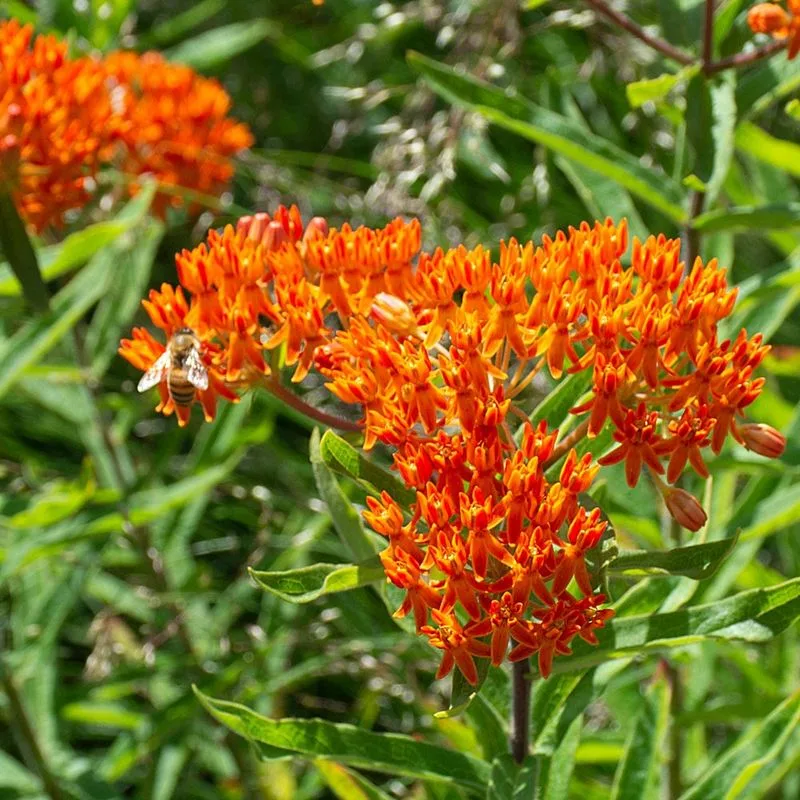
Butterfly Weed, with its bright orange flowers, was a magnet for monarch butterflies in Grandma’s garden. This native perennial thrives in sunny spots with well-drained soil, providing nectar and habitat for pollinators. Despite its beauty and ecological importance, Butterfly Weed is less commonly found in modern gardens, overshadowed by more ornamental plants. However, its vibrant color and role in supporting wildlife make it a valuable addition for gardeners committed to biodiversity.
Phlox
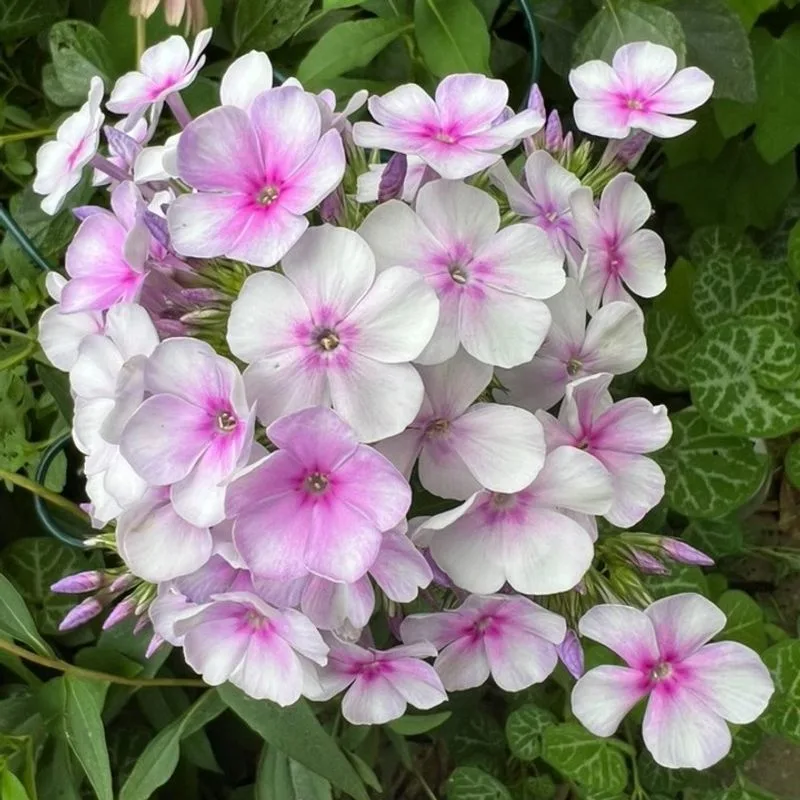
Phlox, with its fragrant clusters of flowers, added a soft, romantic touch to Grandma’s garden. These perennials thrive in sunny areas with well-drained soil, blooming in a range of colors from pinks to purples. Phlox’s sweet scent attracts pollinators, enhancing the garden’s biodiversity. Despite its charm, Phlox is less common today, as gardeners seek plants with longer blooming periods. However, its nostalgic appeal and fragrance make it a cherished addition to any garden.

